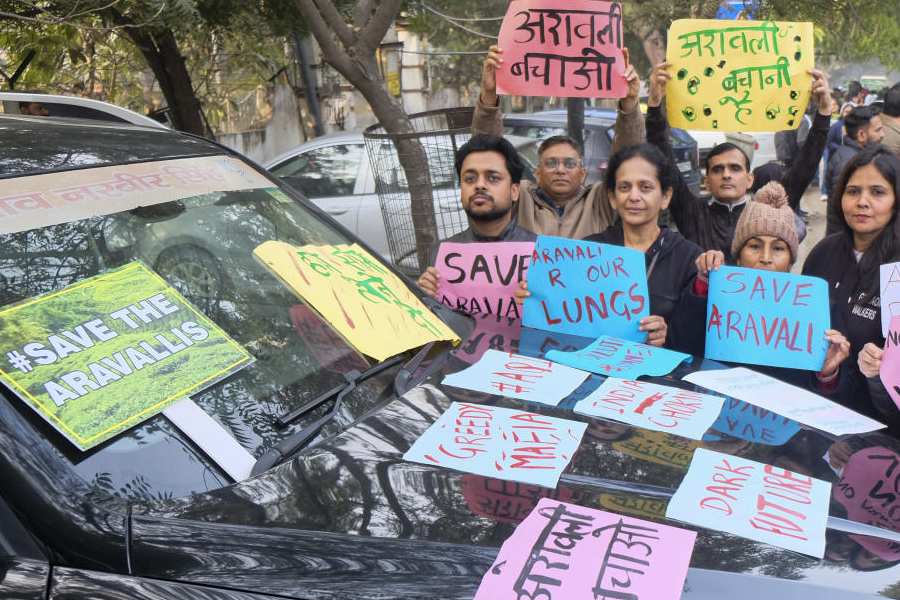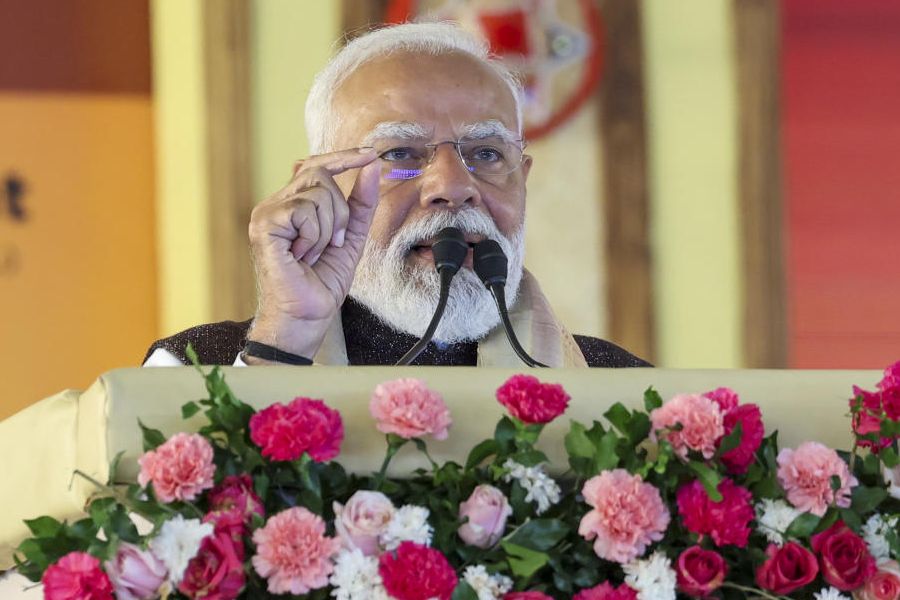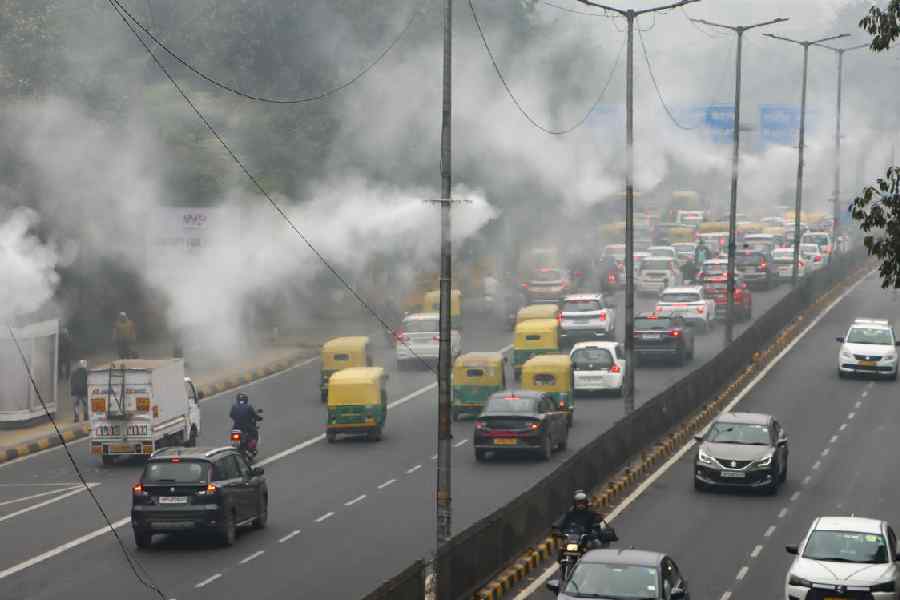 |
Excess use of water by thermal plants could lead to huge shortage of the resource in the future affecting power generation, cautioned experts on the eve of World Water Day.
The United Nation’s theme for this year — Water and Energy — would focus on the link between the two factors.
Bihar depends heavily on thermal power plants to meet its energy requirement. The power-starved state has lined up several power plants, which consume a huge volume of water. At present, NTPC units in Bhagalpur, Muzaffarpur and Barh are generating power. These plants use huge volume of surface water from various rivers, especially the Ganga and its tributaries.
However, the existence of thermal plants has led to rivers getting polluted despite it being treated. The presence of the plants also affects environment in the area.
“A time will come when you will have coal but not water for the thermal power plants,” said S.M. Sahay, a visiting professor at BIT-Patna.
Sahay, an energy expert, said: “Wherever thermal plants are located near a river, not only does the area get polluted, even the water surface level shrinks.”
Experts working in the field of water conservation believe that rivers in Bihar are already on a shrinking path. Ashok Ghosh, professor-in-charge, department of environment and water management, AN College, claimed that all rivers in Bihar have shrunk by around 30 per cent over the past three decades.
“According to one of my recent research papers on changes in surface water configurations in north Bihar, the total surface water has shrunk by around 30 per cent in the past three decades except for eastern parts of the Kosi river, the remaining have witnessed shrinkage,” said Ghosh.
A recent research report by Pradhan Parthasarathy, a professor at Central University of Bihar, has stated that based on the analysis during the period of 1901-2002, the districts south of the Ganga have shown a sharp decline in surface water between 1981-1990 and 1991-2000.
“We need to focus on renewable sources such as solar energy, biomass and even hydel plants which could be run on seasonal water of rivers and dams,” Sahay said, adding that India and Bihar should use solar energy.
Sahay said the future lies in solar energy, as its tariff would be below the rate of thermal power by 2016-17. At present, solar energy is being sold between Rs 6 to 7 per unit, adding that it would be lowered in a couple of years’ time.











